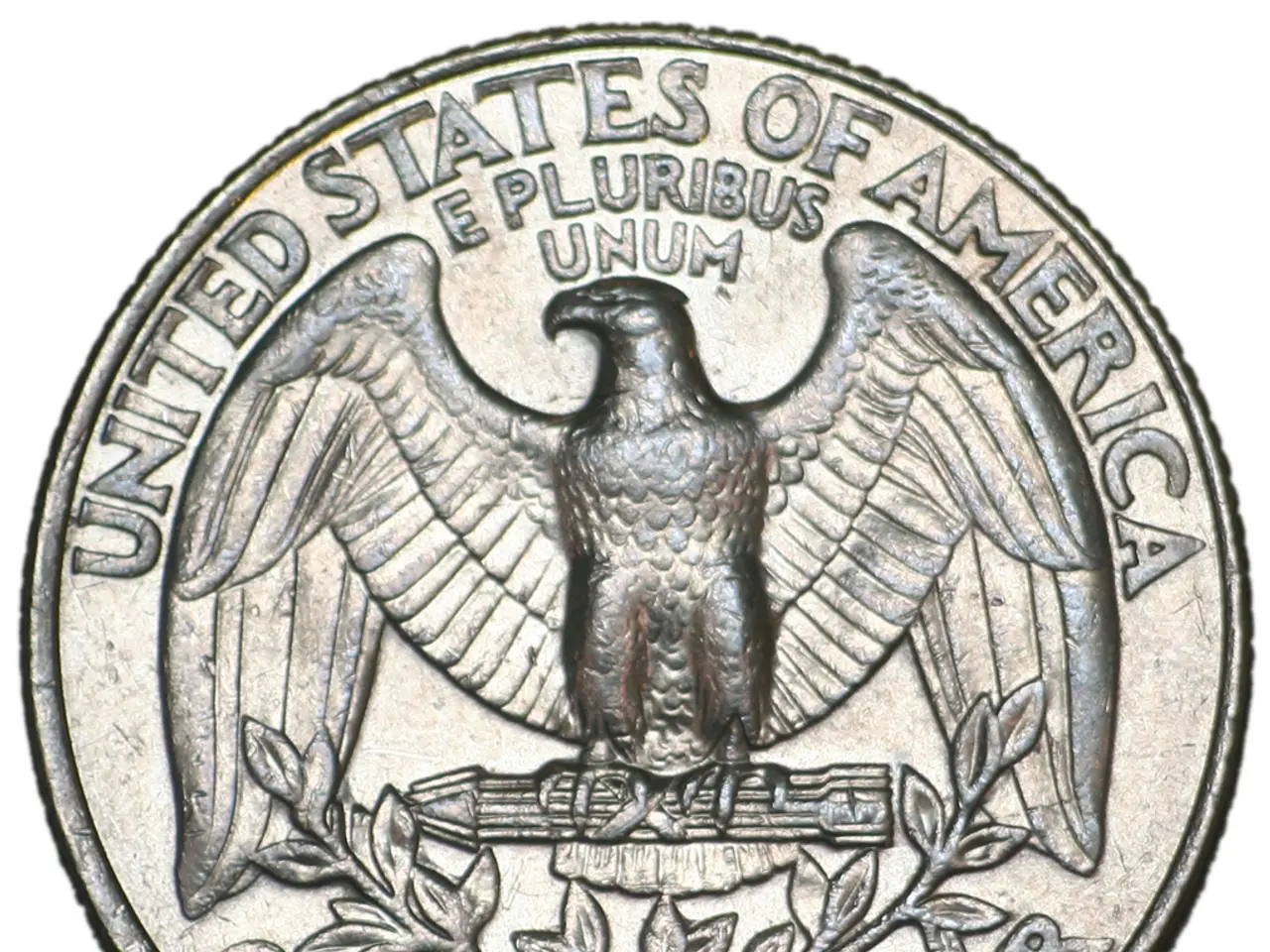Interest Rate Reduction by 0.5% in Repo Rate by RBI: Implications for Home Loan Installments and Borrowers
In a major move to ramp up economic activity and lessen the financial burden on borrowers, the Reserve Bank of India (RBI) slashes repo rate by an eye-catching 50 basis points (bps). This brings the repo rate from 6.50% down to an appealing 6.00%, marking the most substantial rate cut since the stimulus measures during the pandemic years.
For millions of home loan borrowers, this move translates into lower Equated Monthly Installments (EMIs) and hefty interest savings, particularly for those utilizing floating interest rates linked to external benchmarks like the repo rate.
Let's Dive into What a Repo Rate Is — and Why It Matters
Simply put, the repo rate refers to the interest rate at which the RBI loans money to commercial banks. A reduction in this rate causes cheaper borrowing for banks, resulting in them passing on this savings to customers through reduced interest rates on loans such as housing, auto, and personal loans.
This move is predicted to fuel housing demand, boost consumer spending, and provide reprieve to those grappling with inflation and escalating living costs.
So, How Exactly Will My EMIs Change as a Home Loan Borrower?
According to the financial experts, a 50 bps cut in the repo rate can trim EMIs on home loans by around ₹800-₹1,000 per month, depending on the loan amount and tenure. For a longer tenure, this change can lead to a substantial savings pot.
Example:
- Loan Amount: ₹50 lakh
- Tenure: 20 years
- Previous Interest Rate: 9%
- New Interest Rate: 8.5%
The Monthly EMI would drop from ₹44,986 to a more manageable ₹43,391, resulting in:
- Monthly Savings: ₹1,595
- Total Interest Savings: ₹7.71 lakh over the entire loan term
(Source: Economic Times & Mint estimates)
Will My Bank Quickly Pass on the Perks?
Since October 2019, banks have been required to tie new floating-rate home loans to external benchmarks like the RBI's repo rate. That means:
- Borrowers with repo-linked loans will see the benefits within a few weeks.
- Borrowers with MCLR-linked loans may experience a delay in transmission depending on the bank’s reset cycle.
Leading banks such as SBI, HDFC Bank, and ICICI Bank are anticipated to announce reductions in rates soon, with the updated loan terms likely to take effect by the end of June 2025.
Pro-Tip for Existing Borrowers
If your home loan links to the MCLR or base rate, now is an excellent opportunity to:
- Request a switchover to a repo-linked loan (there may be a conversion fee involved)
- Reassess your loan and consider refinancing it with another bank offering lower rates
Broad Market Repercussions
Beyond individual finance, the repo rate cut is expected to:
- Spark real estate demand, making home loans more appealing
- Encourage first-timers to break into the real estate market
- Bolster construction and related industries, instigating job growth
The Fixed Deposit Factor
While borrowers are cheering, depositors might find themselves on the opposite side of the fence. Interest rates on bank fixed deposits could tumble, as banks adapt to the new borrowing environment. Senior citizens and fixed-income investors are advised to secure current fixed deposit rates sooner rather than later, ahead of further revisions.
RBI Governor's Top Thoughts
RBI Governor Shaktikanta Das highlighted that the move aims to keep a fine balance between fostering growth and tackling inflation, pointing out that core inflation has eased, allowing for some financial flexibility.
Market analysts see this move as a strong sign favoring growth, especially for the affordable and mid-tier housing market, which has struggled due to increased loan costs.
The Takeaway
The RBI's 50 bps rate cut is a win for the Indian middle class, particularly home buyers and borrowers, who will now enjoy cheaper EMIs, faster approvals, and a host of better credit terms over the coming weeks.
Borrowers, keep an eye on your bank's announcements and assess revised amortization schedules. If you're not fully reaping the benefits of the rate cut, consider refinancing your loan.
A reduction in the repo rate benefits both banks and customers by causing cheaper borrowing for banks, which leads them to pass on savings as reduced interest rates on loans such as housing, auto, and personal loans. As a result, millions of home loan borrowers can expect lower Equated Monthly Installments (EMIs) and hefty interest savings.
Additionally, the repo rate cut may help boost the housing market by sparking real estate demand, encouraging first-time buyers, and bolstering construction and related industries. On the other hand, interest rates on bank fixed deposits could potentially decrease, particularly for senior citizens and fixed-income investors who should secure current fixed deposit rates sooner rather than later.





